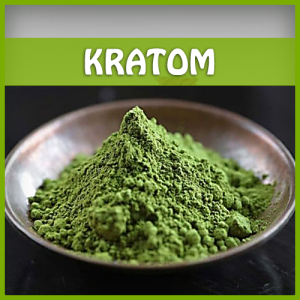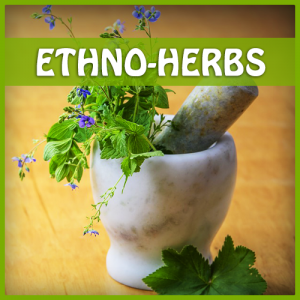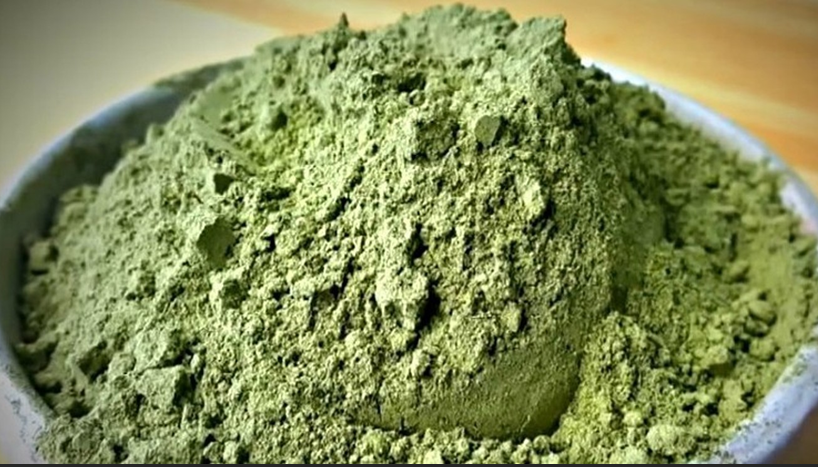Updates
Exploring Kratom Alternatives: A Look at Mitragyna Javanica, Mitragyna Hirsuta, and More.
Kratom, also known as Mitragyna Speciosa, is a plant that is native to Southeast Asia. It has been used for centuries as a traditional medicine to treat various ailments such as chronic pain, fatigue, and depression. However, due to its addictive potential and potential side effects, many individuals are searching for natural alternatives to kratom.
Fortunately, there are several alternative plants that have similar properties to kratom, including Mitragyna Javanica and Mitragyna Hirsuta.
Mitragyna Javanica
Mitragyna Javanica is a plant that is native to Indonesia, and it belongs to the same family as kratom. Like kratom, it contains alkaloids that interact with the opioid receptors in the brain, leading to pain relief and increased energy levels.
One of the main differences between Mitragyna Javanica and kratom is the potency of the alkaloids. Mitragyna Javanica contains a lower concentration of alkaloids compared to kratom, which means that it is not as potent. However, this also means that it is less likely to cause the negative side effects associated with kratom use.
Mitragyna Javanica is often consumed in powder form, and it can be added to food or drinks. It has a bitter taste, so it is often mixed with other herbs or sweeteners to make it more palatable.
Research on the effects of Mitragyna Javanica is limited, but some studies have shown that it may have potential as a natural remedy for pain relief and anxiety reduction.
However, more research is needed to confirm its safety and effectiveness.
Mitragyna Hirsuta
Mitragyna Hirsuta is another plant that belongs to the same family as kratom. It is native to Southeast Asia and has been used for centuries as a natural remedy for pain relief, fatigue, and anxiety.
Like Mitragyna Javanica, Mitragyna Hirsuta contains alkaloids that interact with the opioid receptors in the brain, leading to pain relief and increased energy levels.
However, it also contains other compounds that may have additional health benefits.
One of the main benefits of Mitragyna Hirsuta appears to be its ability to boost the immune system. It contains compounds that have antioxidant and anti-inflammatory properties, which may help to reduce inflammation and boost the body’s natural defenses.
Mitragyna Hirsuta is often consumed in powder form, and it can be added to food or drinks. It has a bitter taste, so it is often mixed with other herbs or sweeteners to make it more palatable.
Research on the effects of Mitragyna Hirsuta is limited, but some studies have shown that it may have potential as a natural remedy for pain relief, anxiety reduction, and immune system support. However, more research is needed to confirm its safety and effectiveness.
Kava
Kava is a plant that is native to the South Pacific. It has been used for centuries as a natural remedy for anxiety, stress, and insomnia.
Kava contains compounds called kavalactones, which have a sedative effect on the body. They interact with the GABA receptors in the brain, leading to relaxation and reduced anxiety.
Unlike kratom, kava is not an opioid, so it does not have the potential for addiction or dependence. However, it may cause side effects such as nausea, dizziness, and headaches if consumed in large quantities.
Kava is often consumed in tea or supplement form. It has a bitter taste, so it is often mixed with other herbs or sweeteners to make it more palatable.
Research on the effects of kava is mixed. Some studies have shown that it may be effective in reducing anxiety and stress, while others have shown that it may have potential liver toxicity. Therefore, it is important to consult with a healthcare professional before using kava as a natural remedy.
Other Kratom Alternatives
In addition to Mitragyna Javanica, Mitragyna Hirsuta, and Kava, there are several other natural remedies that may provide similar effects to kratom. Some of these include:
1. Akuamma: Akuamma is a plant that is native to West It contains alkaloids that interact with the opioid receptors in the brain, leading to pain relief and relaxation. Akuamma has been used for centuries as a natural remedy for pain, anxiety, and insomnia.
2. Blue Lotus: Blue Lotus is a plant that is native to Egypt. It has been used for centuries as a natural remedy for relaxation and stress Blue Lotus contains compounds that have a sedative effect on the body, making it a popular natural alternative to kratom.
3. California Poppy: California Poppy is a plant that is native to North It has been used for centuries as a natural remedy for pain relief and relaxation. California Poppy contains compounds that interact with the opioid receptors in the brain, making it a natural alternative to kratom.
Conclusion
Kratom is a natural remedy that has been used for centuries to treat various ailments. However, due to its potential for addiction and negative side effects, many individuals are searching for natural alternatives to kratom.
Mitragyna Javanica, Mitragyna Hirsuta, and Kava are three natural alternatives to kratom that may provide similar effects without the potential for addiction or negative side effects. Other natural remedies, such as Akuamma, Blue Lotus, and California Poppy, may also provide similar benefits.
It is important to consult with a healthcare professional before using any natural remedy, including those mentioned in this article. While natural remedies can provide relief from various ailments, they may also interact with other medications or have potential side effects.

























